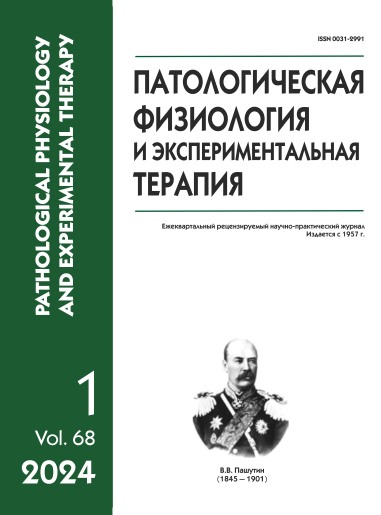Fragments of transfer RNA during cellular senescence induced by chronic endoplasmic reticulum stress
Abstract
Transfer RNA plays a key role in the cell, providing the process of decoding genetic information. Recent research shows that the tRNA molecule can perform other functions due to processing. Cleavage of pre-tRNA and mature tRNA leads to the formation of various non-coding RNAs, among which are so-called tRNA halves, also known as stress-induced tRNA, tRNA-derived or tiRNA. Smaller tRNA fragments (tRFs) have also been described. A typical example of “dual purpose” tRNA is the cutting of tRNA in the anticodon loop by cellular stress-activated nuclease angiogenin, generating halves, of which the 5’ fragments mediate temporary translation shutdown under stress. Previously, we demonstrated an increase in tiRNAs during acute endoplasmic reticulum stress and the ability of chronic ER stress to lead to the formation of a cellular senescence phenotype. In this work, using high-throughput sequencing, the profile of tRNA fragments during ER stress-induced cellular senescence is analyzed for the first time and compared with the profile during replicative senescence. A number of common tRNA fragments have been found for these two conditions. They can potentially be used as markers of cellular senescence.






